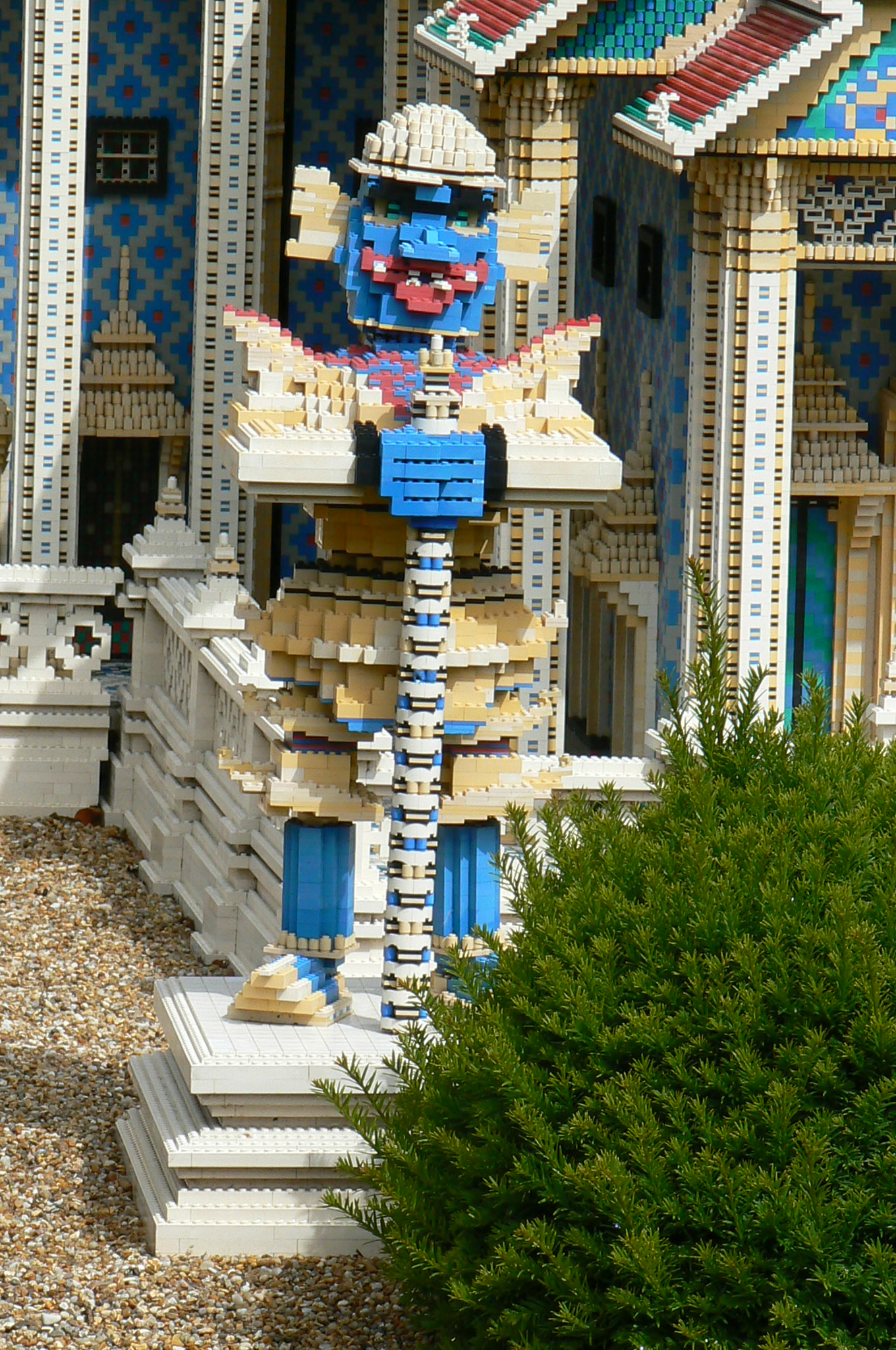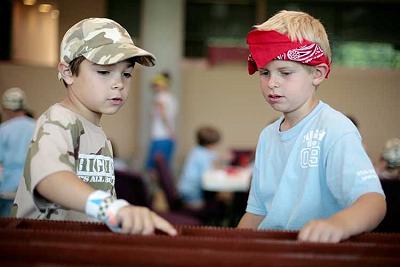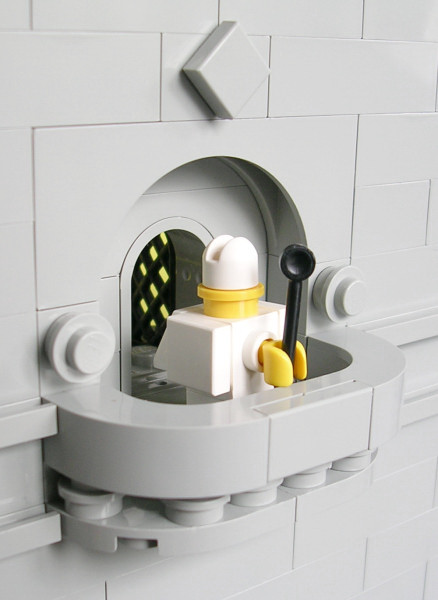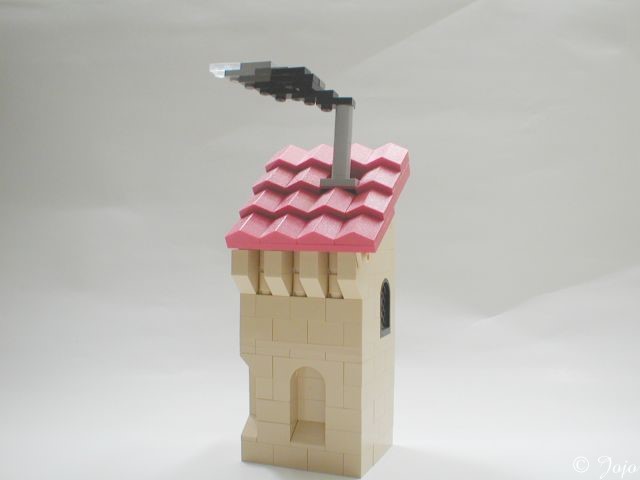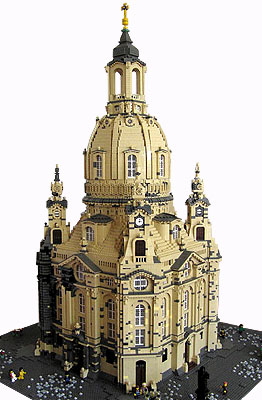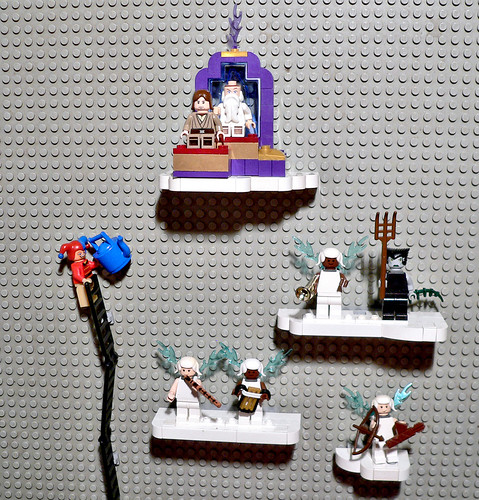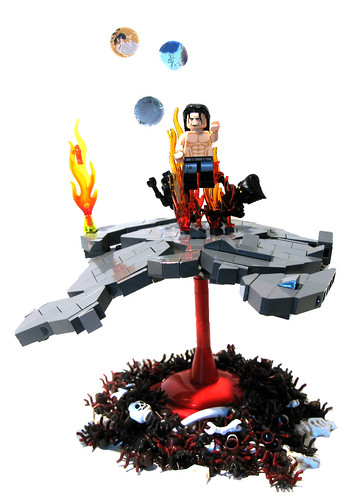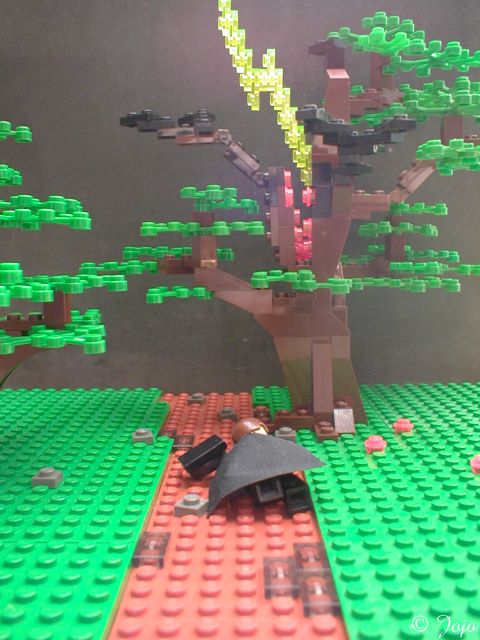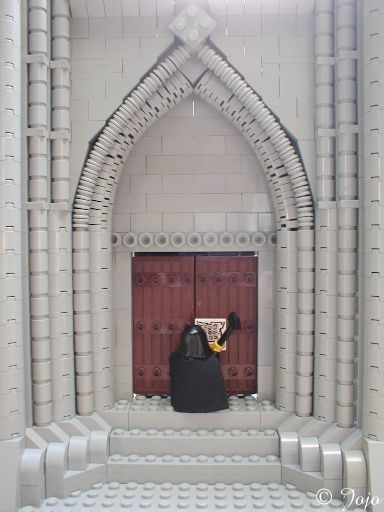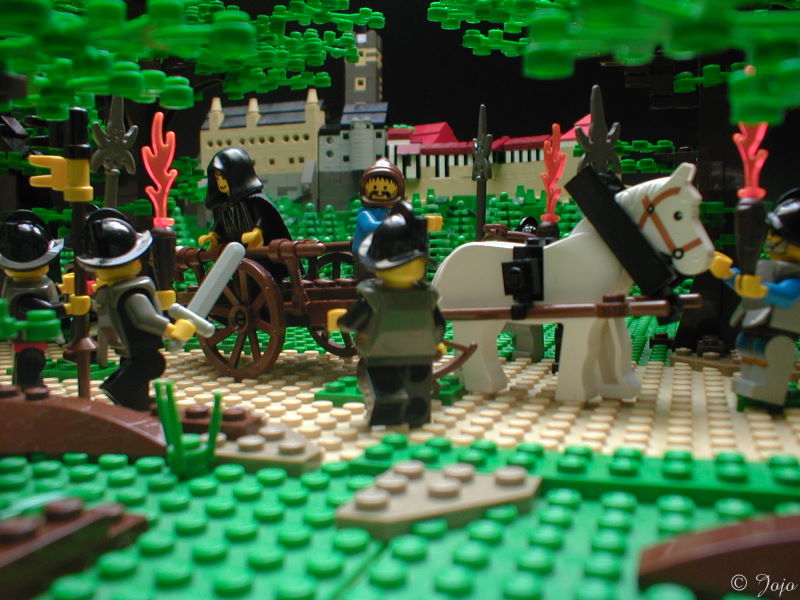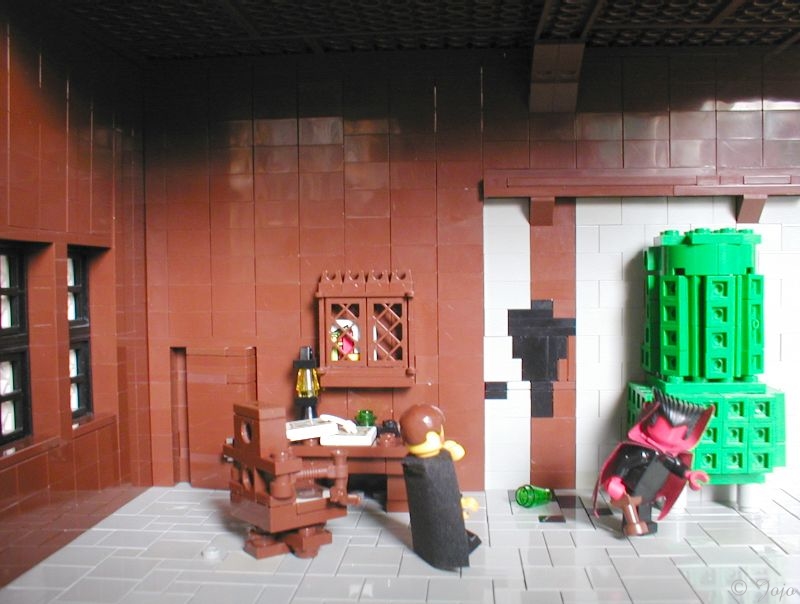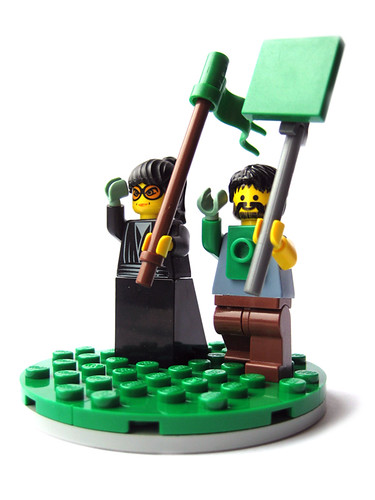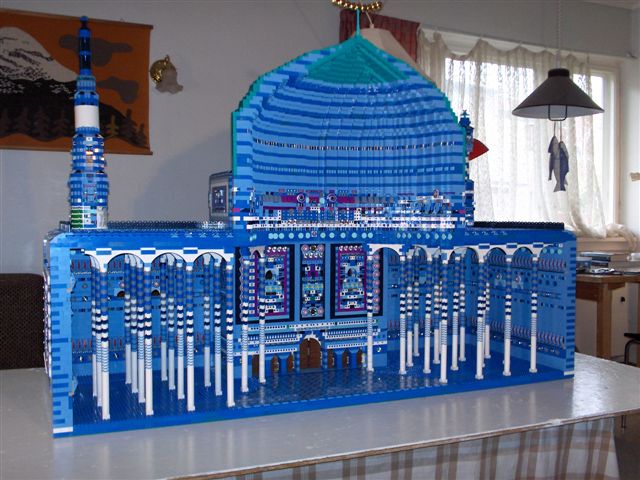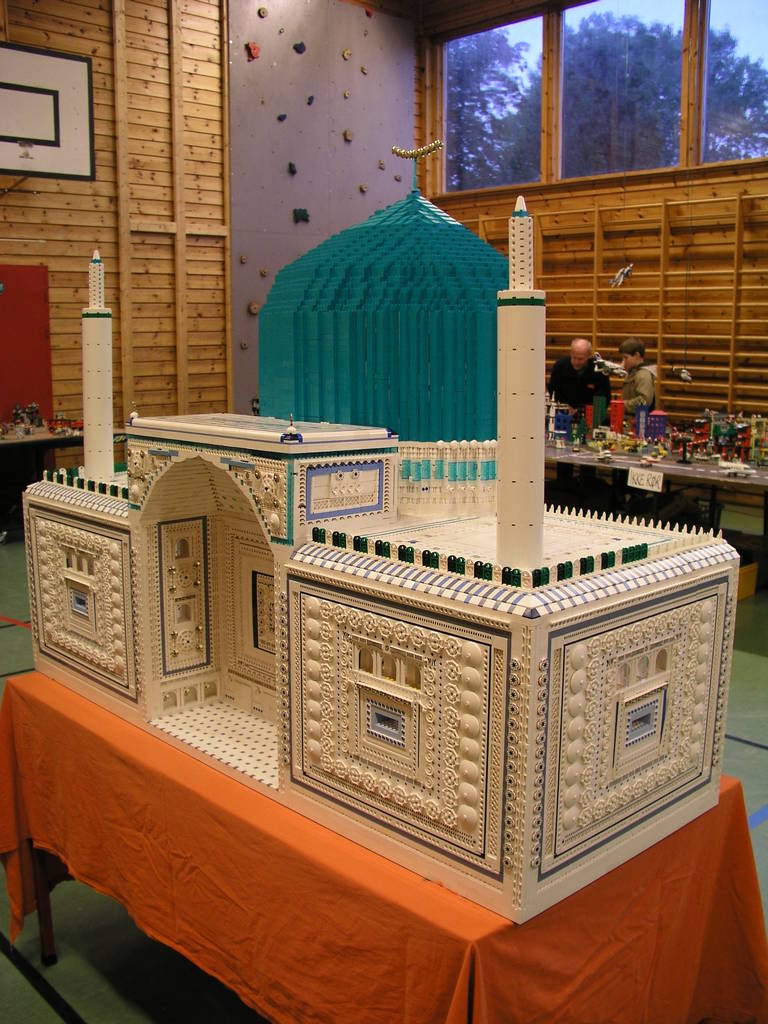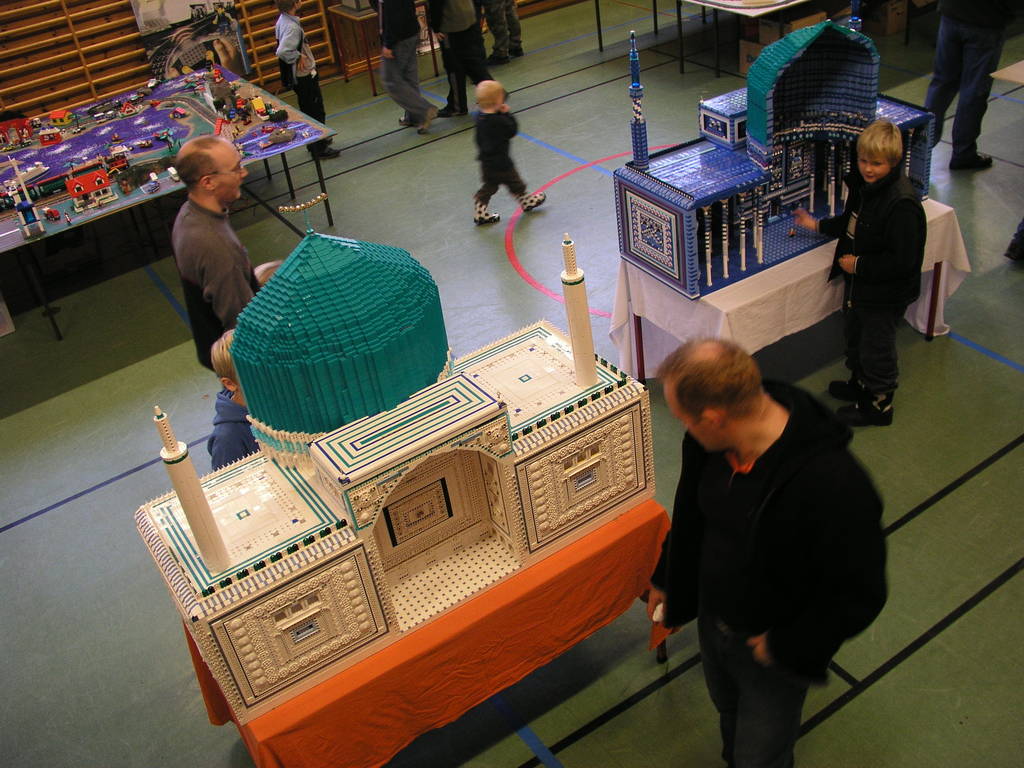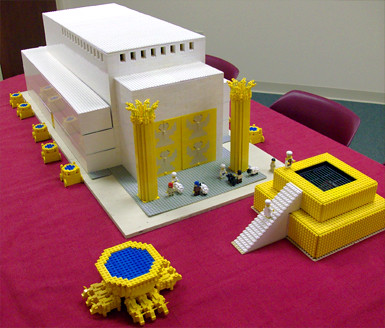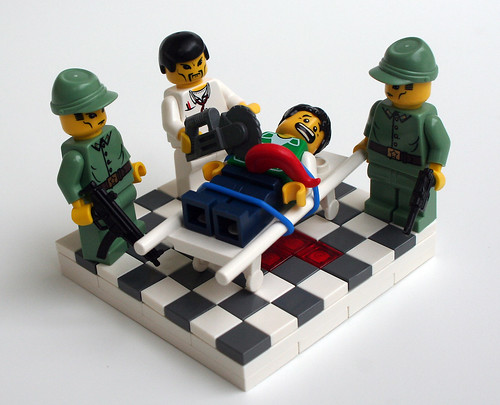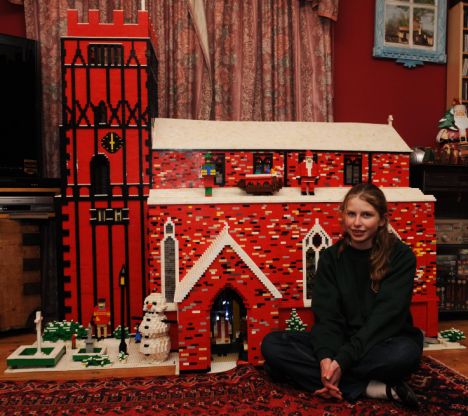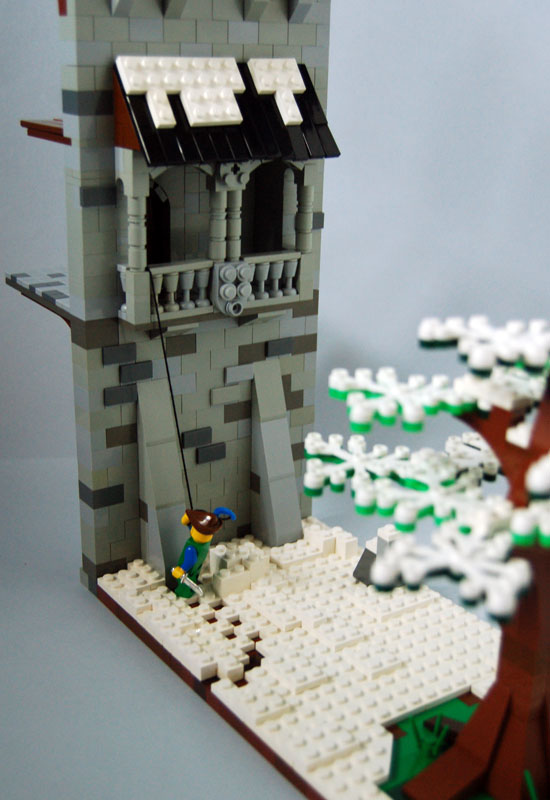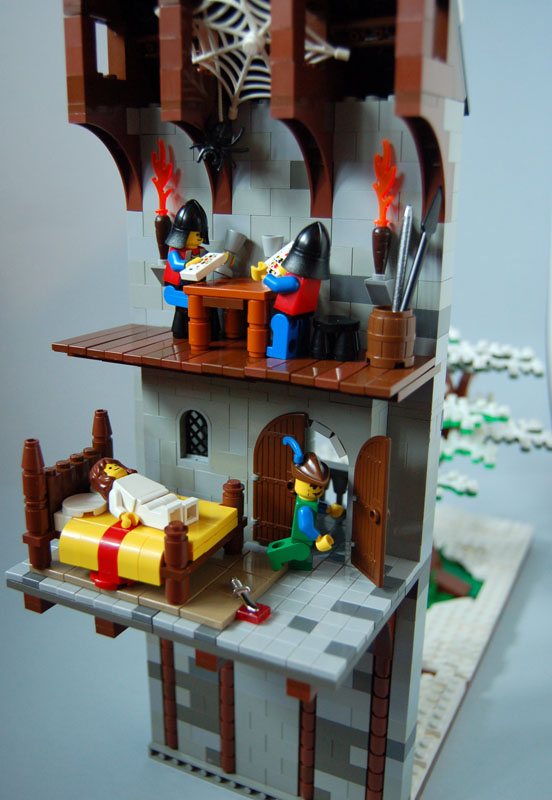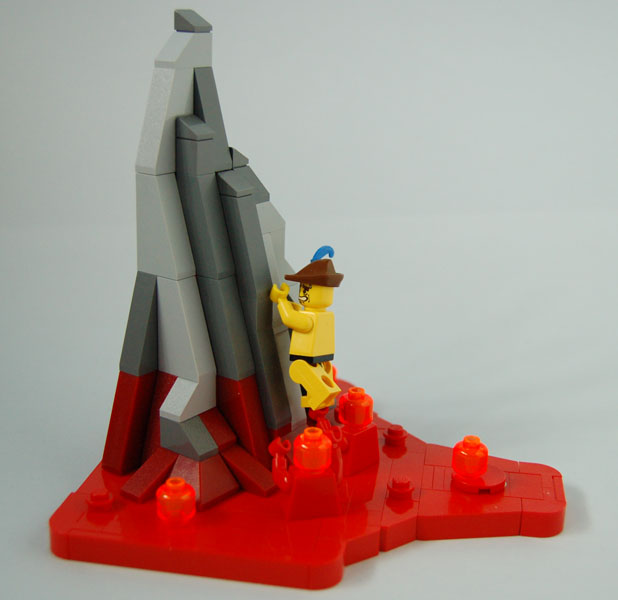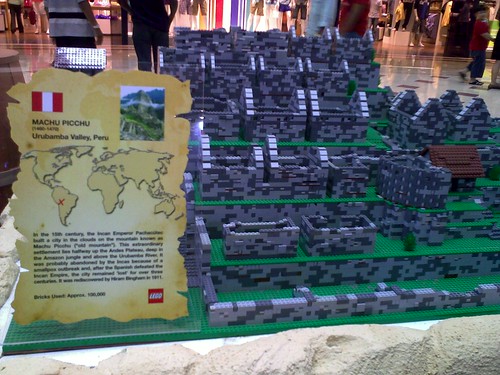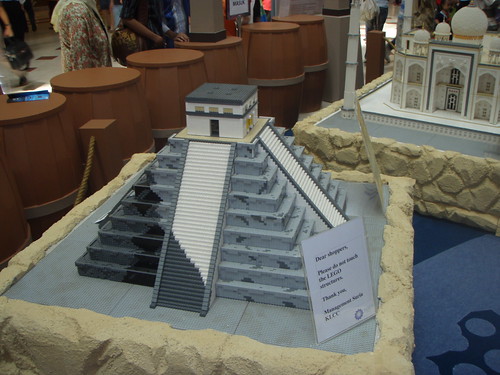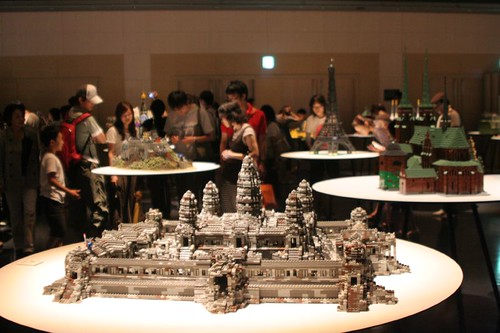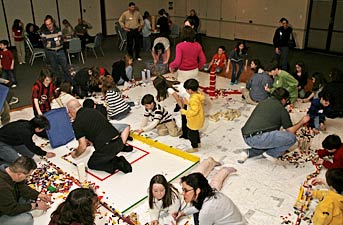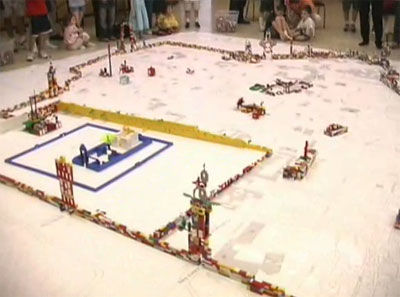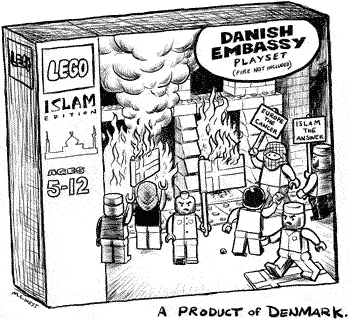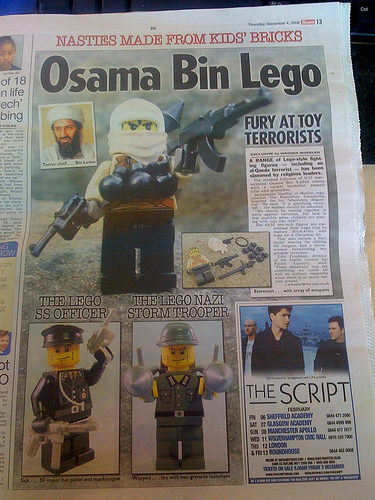In the
comments to a previous post on a LEGO Solomon's Temple, Dan writes:
I think this is the first time I've seen LEGO building used as a form of worship. Usually, we see people approach this topic from the perspectives of satire or architecture, but reading that blog I really got the idea that this kid was using this project as a sincere expression of faith.
This was a good point that got me thinking. Why do we choose to build religious subject matter? I came up with four reasons. I'd be interested to hear others' thoughts on these and suggestions as to other motives.
Didactic reasons
Sometimes a LEGO creation is built to make some point or to teach some lesson in relation to religion. I've previously blogged several of these already. For instance, Dan and Peter made their
Passion of Christ films explicitly to teach others the Easter story. I've noted
Steven Schwartz's presentations that teach Jewish kids about their history. A point doesn't have to be in favor of a particular faith. For example, Brendan is up front that he is trying to make a point about the ways in which he feels that the Bible is an unworthy text upon which to base your life in his illustration of the
Brick Testament. Satire is another way of making a didactic point.
Inspired by art and architecture
As Dan notes above, we often draw our inspiration for MOCs* from existing art or architecture. For instance, I've already blogged Saint Peter's Basilica and the Dome of the Rock by
Arthur Gugick. He's created other cathedrals, the Taj Mahal, a Mormon temple and other buildings that I'll surely blog here in the future. In addition, though, he has an Empire State Building, Big Ben, the White House, the Roman Coliseum and a huge number of other architectural landmarks. Now I have no idea of Arthur's religious views, but I do know that he is not simultaneously a Catholic, a Muslim, a Mormon, a follower of ancient Mayan religions and a worshiper of the Great Wall of China. He chooses his subject matter because he is inspired by architecture and these great cultural landmarks. I don't think anyone could walk into Notre Dame, for instance, without being impressed with it
as a building and thinking it would be a great subject of a model regardless of one's views on the Christian faith. The same could be said about religious art.
I should note that I think that many of those who created the original art or architecture were doing so as an act of worship. Yes, I'm sure that there were other motivations as well--they could be making them just for the money, or for the desire of lasting fame. However, it seems to me that the creation of these was often an act of devotion. The same could be true of the LEGO builder who is following their initial leading.
*By the way, for the non-LEGO-hobbyists who might be reading this blog, MOC stands for My Own Creation--something built out of LEGO that is not based upon a set of instructions, but rather the builder's own creativity.
Expression of ingrained culture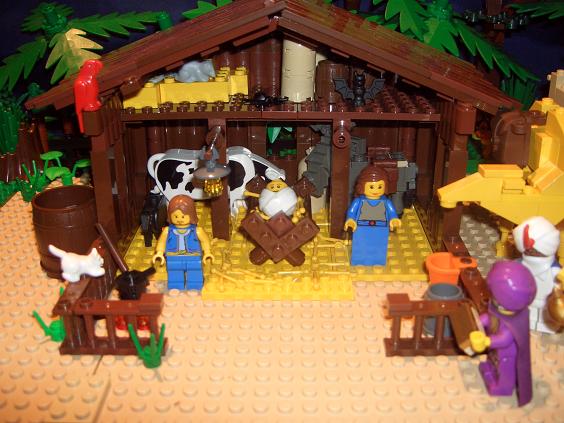
For some, I believe, religious building comes out of an ingrained culture. Western literature is full of Christ-figures, for instance, in part because the authors grew up surrounded by this sort of imagery, and often believed in Christ themselves. C.S. Lewis wrote that when he began
The Lion the Witch and the Wardrobe he had no initial conscious desire to write a Christian work, but that the symbolism crept in. As the story developed, he decided to make it intentionally didactic, but at first, at least, Aslan's identity was a natural growth out of Lewis' own religiosity. I think the same could be said about many LEGO builders who are also religious. There are infinite possible subjects for our building--from spaceships to castles to abstract art to cartoon characters to everyday objects. Sometimes subjects become natural to us because they are an important part of our own characters. I think the many LEGO nativity scenes, such as
this by Watchman are examples of this sort of thing. The builders could make anything; or if we limited ourselves to considering Christmas decor they could make Santas or snowmen. They chose, though, to create something that is (for many at least) important to their religious beliefs. This is not quite the same thing as an act of devotion, but it is close.
Worship
Finally, there is worship, or devotion. Dan noted that he felt the previously blogged
Solomon's Temple was this sort of creation. I think the Swedish
Jesus statue is another (though this probably also had some didactic intent in getting kids interested). I actually think that creations with any of the other motivations could, at least at times, fall into this area. For instance, some people from prosyletizing faiths may see doing so as following the will of God, and they may see a didactic use of LEGO as an act of worship. Others may be inspired by art in general, but most inspired by the art that matches with their deepest views, and use this inspiration to turn to LEGO. Finally, I think that the line between cultural expression and worship can often be pretty fuzzy. At Christmas time I sing carols (me being both an inheritor of Western tradition and also a religious Christian). If I'm singing "Here Comes Santa Claus", that's completely cultural. If I'm singing "O Little Town of Bethlehem", though, that is both cultural and worshipful.
Anyway, those are my thoughts. I'd be interested to hear yours. Are there motivations I've missed?

